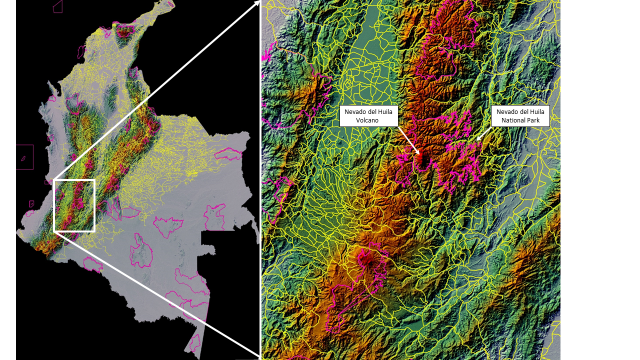I don’t know much about the Russians, or Putin, and neither do I know much about hacking. Still, this brouhaha about the Russians influencing the recent US presidential elections is off-puttingly dumb, not good, bad. If it turns out that the Russians, or anybody, adjusted voting numbers coming out of electronic voting booths, or that they bought and paid for a candidate in order to get help with their business interests, I want to know about that, for sure. Those would to me be real issues for me, but trying to influence the American voters? There is a BBC channel, an Al Jazeera channel, etc. Hell, if some American citizen voter knows Romanian and wants to get advice from the Romanian government regarding a local US election, that voter can go online or call on the phone and get it, and why not. The thing is, our freedoms of individual thought and speech most necessarily include the freedom to choose who to listen to and more necessarily the freedom to be dumb, careless, vulnerable and easily fooled and lied to. Or we would have no Congress at all. So if the French want to influence my vote in some way, I say have at it. Otherwise, who is it that is going to decide which foreigner I get to listen to and which ones I don’t? The Republicans? The State Department? NPR? Now, I don’t like the idea of the Manchurians running their own candidate without our knowing about it, but even then, there’s the candidate, lying, not lying, whatever. I’ve never been all that big on direct electoral democracy with universal suffrage. I never have figured out why anyone would want 18-year-olds to have the vote, but if they are going to vote, then we are going to have to leave it to each one of them to be guided by whatever sense or nonsense guides them. Otherwise, we might as well dump all pretensions of supporting freedom of thought. In this present case of the Russians and emails and so forth, all I can gather so far is that some internal communications from a political party headquarters were delivered to the public eye without edit or revision. The exposed communications revealed some ugly stuff — and also that the people whose emails were hacked should have been more careful. There was most certainly a crime committed in the hacking, but the fact that it was a foreign government spy agency perpetrating the breach and not some idle teenager, well, that’s just a light diplomatic row over cocktails. Or have we stopped reading other gentlemen’s mail?
Meta
-
Recent Posts
Recent Comments
- Jeffrey Lebowski on Change NATO
- Jeffrey Lebowski on Asking Grok and ChatGPT about Attritional War Doctrine and the war in Ukraine
- Geoff Demarest on Jan 25 about the War in Ukraine
- Carla Marks on Jan 25 about the War in Ukraine
- Ticket- Withdrawing NoCP39. ASSURE >> https://telegra.ph/Message--2868-12-25?hs=48b26d3a9ebf73dd9b3aa509e82fe806& on OK, Back Again
Categories
Archives
- March 2025
- January 2025
- December 2024
- November 2024
- October 2024
- September 2024
- August 2024
- July 2024
- June 2024
- May 2024
- April 2024
- March 2024
- February 2024
- September 2023
- July 2023
- February 2023
- January 2023
- December 2022
- November 2022
- October 2022
- September 2022
- August 2022
- April 2022
- January 2018
- February 2017
- January 2017
- December 2016
- November 2016
- October 2016
- June 2016
Calendar
December 2025 M T W T F S S 1 2 3 4 5 6 7 8 9 10 11 12 13 14 15 16 17 18 19 20 21 22 23 24 25 26 27 28 29 30 31 -


